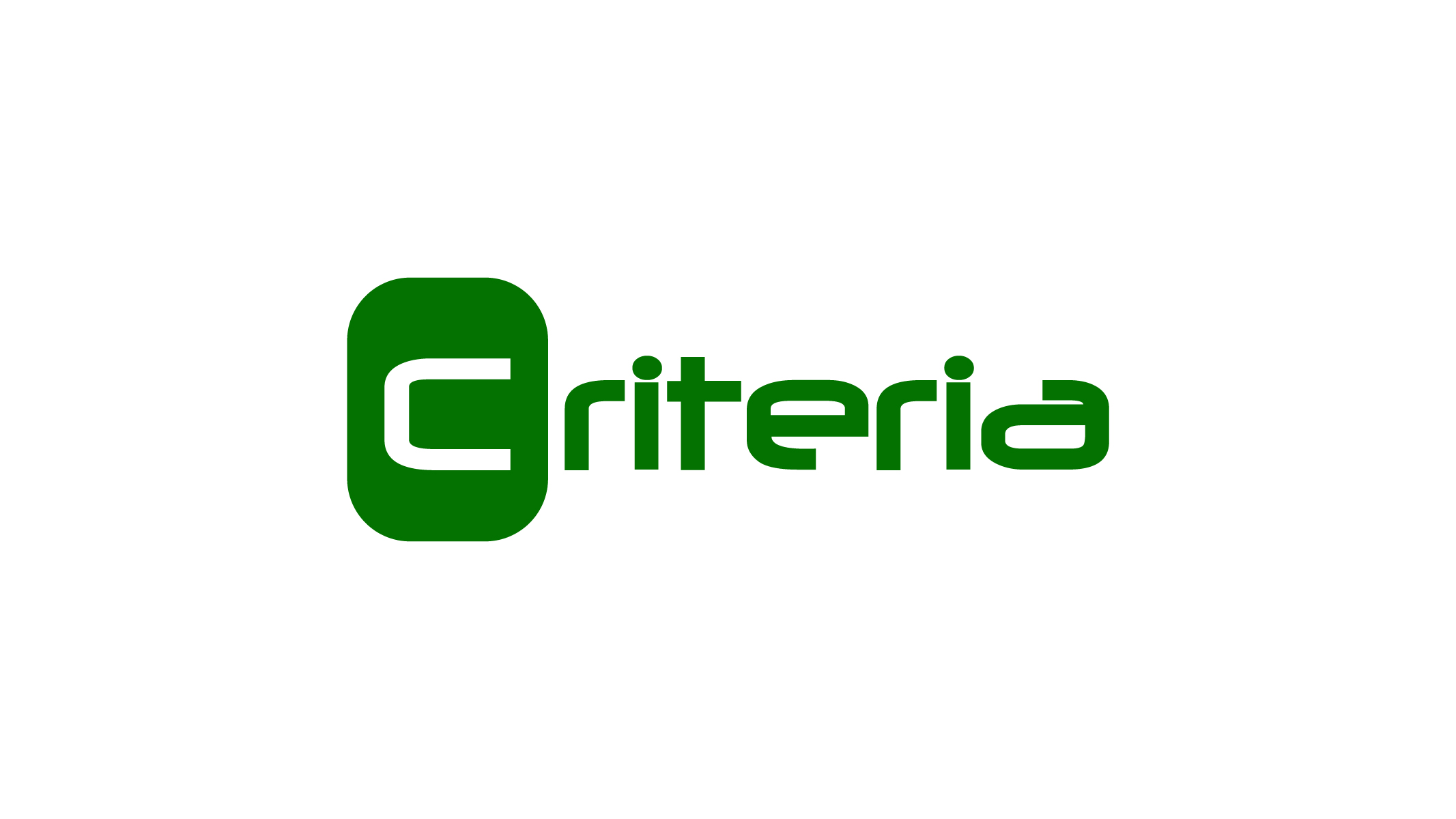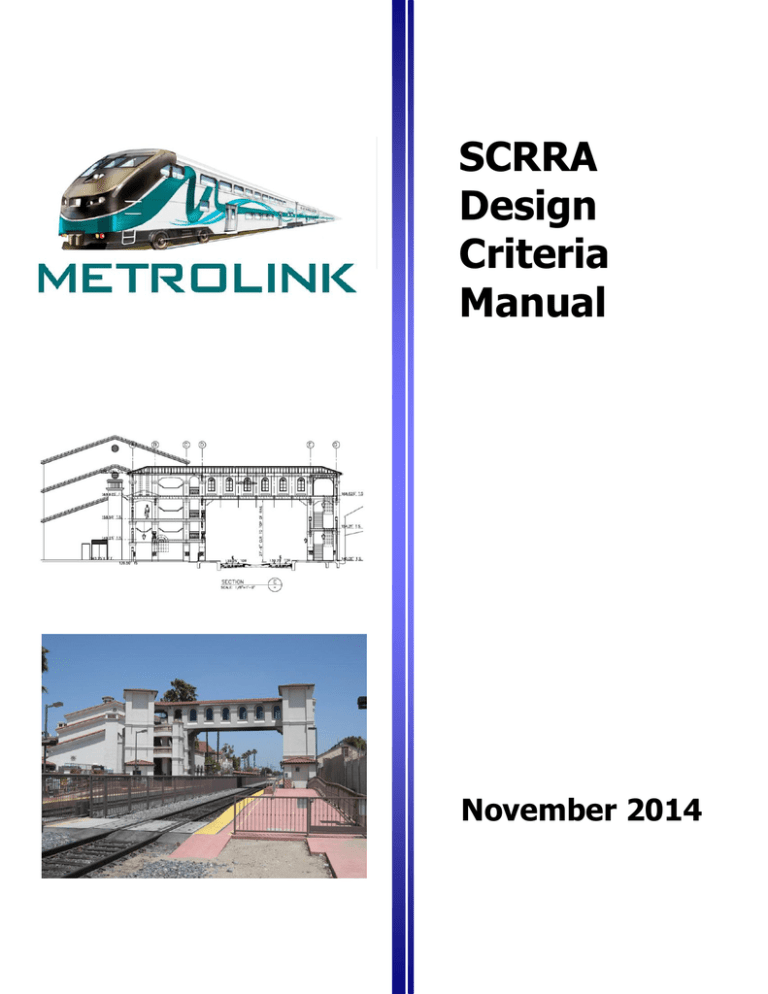Table Of Content

Design criteria are important because they provide guidance on the key issues that need to be addressed in order to solve a problem. They also help to evaluate potential solutions by providing a way to measure their effectiveness. The criteria should be revisited regularly to ensure that the project is on track and that any changes that have been made are in line with the original goals. It is generally prepared by the client or the party higher by the client and then it will be provided as a guide for the designer to follow. All the special requirement that shall be followed by the designer is given in the criteria.
Decision Matrix Worksheet
This will help you to create better solutions for your users and create concepts that are more appealing. Another example of stakeholders that are usually not involved in the design process are users. A lot of research is done by interviewing and observing users to identify their needs. But when the research is done and designing starts, users are usually not involved. By inviting them to help in coming up with design guidelines, that could change.

Design Criteria for Engineering
With mobile devices, people can use the same tool on their sofa or when walking through a crowd. It’s best to design for the worst situation possible, but in some cases, it’s even better to make two different designs corresponding to different points of interaction. An example of this is Airbnb being different on PC and mobile to accommodate calm vacation brainstorming and a stressful arrival. What can be considered objective, on the other hand, is how to evaluate usability.
Contact & Feedback
When you follow Nielsen and Molich’s 10 user interface guidelines you will design with usability, utility and desirability in mind. To practice recognizing these 10 rules of thumb, go ahead and work through the exercise outlined in the attached file from the above section. Design guidelines are documented by outlining principles, providing specific guidelines for their application, and detailing rules for implementation. This comprehensive documentation ensures that designers share a common understanding.
Shneiderman’s Eight Golden Rules Will Help You Design Better Interfaces
When browsing for a hotel room, an introvert might like the general atmosphere, the minimalistic design, the calm, whereas the extrovert could like the luxurious aspect and the view of the city. Satisfaction is how willing the users are to interact with the interface. It seems less objective than efficacity and efficiency, but by standardizing answers through a questionnaire like the SUS, you can objectively compare results. What can be objectively judged is if you can answer yes or no to every aspect on a heuristic list. But whether the solution is suited for the use case will depend on the context and should be judged subjectively by an expert. Objective criteria don’t give information about the aesthetic qualities of a design, and a lot of outdated designs were objectively good but wouldn’t be liked today.
Structures

The first reason that comes to mind is that design guidelines are a great way to involve stakeholders. This can result in problems because it creates distance between designers and stakeholders. Clients also happen to have a lot of expert knowledge that can be used in reviewing research results. So from this research we can conclude that there are more factors to consider when trying to come up with design guidelines.
Roadway Design and Construction Standards - Douglas County
Roadway Design and Construction Standards.
Posted: Thu, 28 Apr 2022 04:49:55 GMT [source]
Design guidelines are rules of thumb for you to create work which never frustrates users. Likewise, you should also cater to users who have a wide range of disabilities. How you apply design guidelines also depends on the contexts of use, your design’s platform and the type of interaction users will have with it (e.g., voice-controlled). Design guidelines are sets of recommendations on how to apply design principles to provide a positive user experience. Designers use such guidelines to judge how to adopt principles such as intuitiveness, learnability, efficiency and consistency so they can create compelling designs and meet and exceed user needs.
Brands have various guidelines for designers to tailor dashboards to minimize cognitive load and maximize readability. Microsoft, Apple and Google are examples of companies that have exemplary standards (e.g., Google’s Material Design) for use in customization. Designers also have to accommodate users’ cultural considerations (e.g., color use and text direction). Moreover, when you design for mobile devices, you have to balance between brand consistency and maximal use of limited screen space. That’s why designers often use pictures or icons to represent information on mobile designs.
India needs policy overhaul to address frequent havoc caused by ash pond breaches - Down To Earth Magazine
India needs policy overhaul to address frequent havoc caused by ash pond breaches.
Posted: Fri, 19 Jan 2024 08:00:00 GMT [source]
Of course, users would need a lot of coaching since they are not really experts on design. Design principles provide general direction, while guidelines offer specific recommendations for implementing those principles. For instance, a principle may focus on legibility and readability. However, a guideline would specify using large, jargon-free text with short sentences and drawing attention to causes and solutions for effective communication. Combining these elements ensures that design decisions align with overall principles while offering actionable steps for implementation, fostering a cohesive and practical design approach.
This document is important for understanding the client expectations and why the systems were chosen. The Design Criteria document is a valuable document that lists the expected design information in tables. This document is helpful for ensuring that the project meets the client’s expectations. Evaluating design can be tricky, but there are some key factors to consider that can help make the process easier. The first is to ask whether the design solves the problem or meets the need for the people.
Copyright © 2024 Elsevier B.V., its licensors, and contributors. All rights are reserved, including those for text and data mining, AI training, and similar technologies. For all open access content, the Creative Commons licensing terms apply. Now, with the team, go over each sticky note and see what are the real non-negotiables.

No comments:
Post a Comment